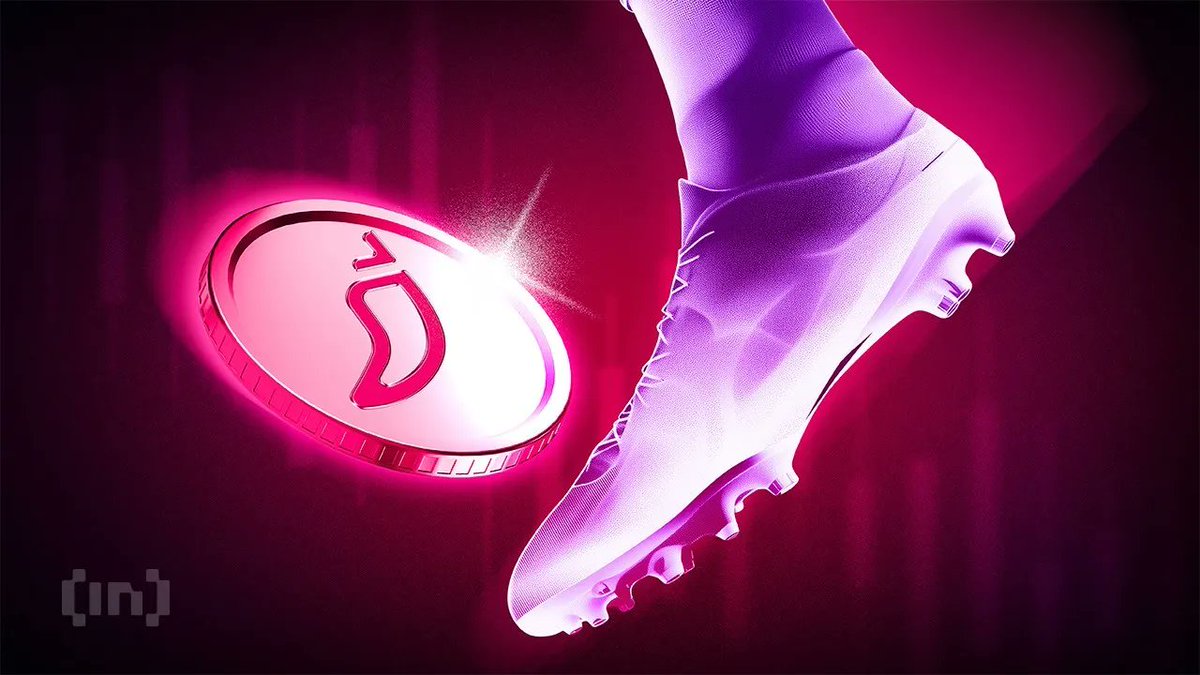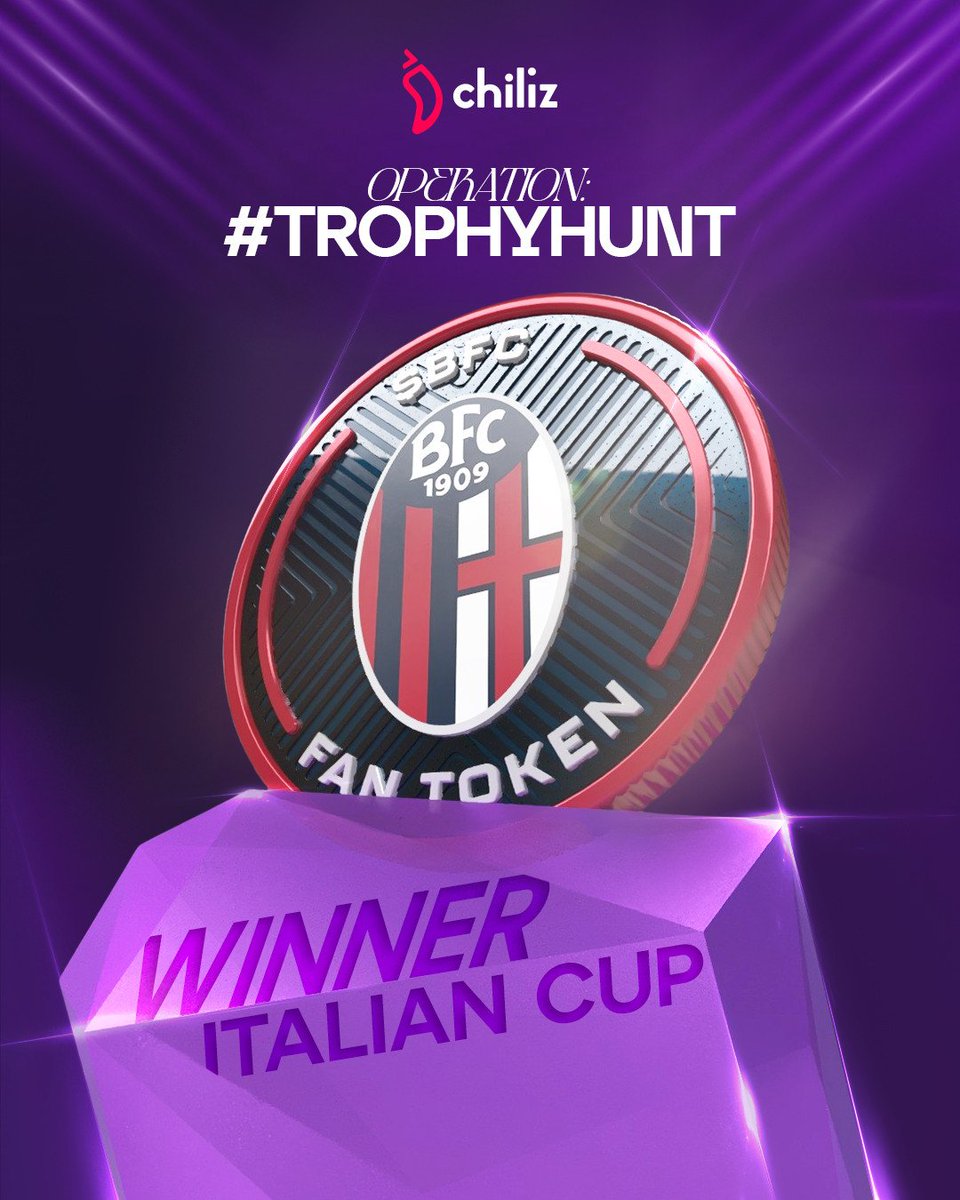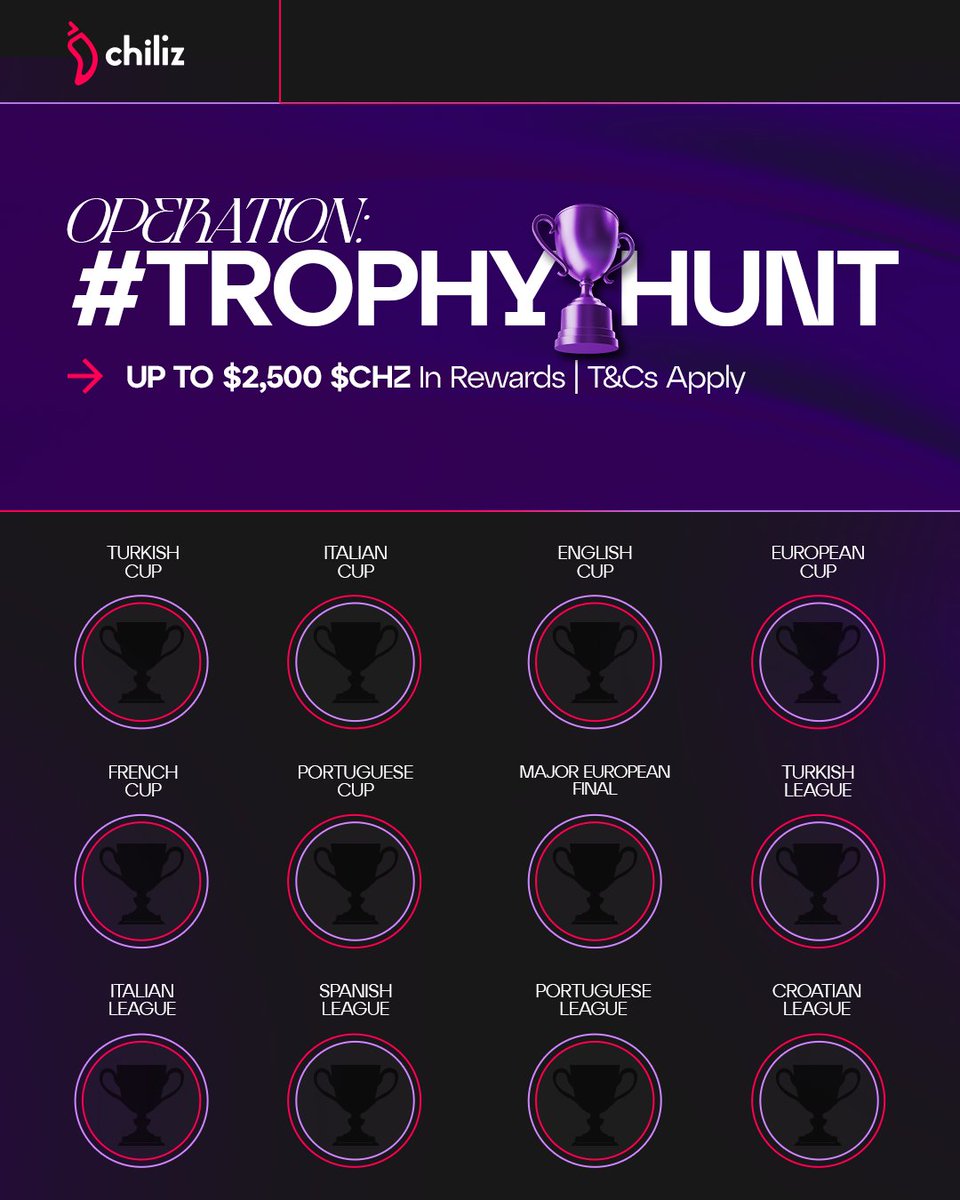
Chiliz price

Disclaimer
OKX does not provide investment or asset recommendations. You should carefully consider whether trading or holding digital assets is suitable for you in light of your financial condition. Please consult your legal/tax/investment professional for questions about your specific circumstances. For further details, please refer to our Terms of Use and Risk Warning. By using the third-party website ("TPW"), you accept that any use of the TPW will be subject to and governed by the terms of the TPW. Unless expressly stated in writing, OKX and its affiliates (“OKX”) are not in any way associated with the owner or operator of the TPW. You agree that OKX is not responsible or liable for any loss, damage and any other consequences arising from your use of the TPW. Please be aware that using a TPW may result in a loss or diminution of your assets. Product may not be available in all jurisdictions.
Chiliz market info
Market cap = Circulating supply × Last price

Chiliz Feed




CHZ calculator


Chiliz price performance in USD
Popular Chiliz conversions
| 1 CHZ to USD | $0.046130 |
| 1 CHZ to EUR | €0.041194 |
| 1 CHZ to PHP | ₱2.5773 |
| 1 CHZ to IDR | Rp 764.63 |
| 1 CHZ to GBP | £0.034736 |
| 1 CHZ to CAD | $0.064582 |
| 1 CHZ to AED | AED 0.16930 |
| 1 CHZ to VND | ₫1,197.25 |
About Chiliz (CHZ)
- Official website
- White Paper
- Block explorer
Chiliz FAQ
The primary use case of the CHZ token is to enable entertainment and sports fans to acquire fan tokens and actively engage with their favorite stars or brands.
Holding CHZ offers utility and benefits, including using one team-branded NFT as a voting token in community polls. Additionally, CHZ holders can enjoy rewards such as access to the leaderboard, VIP seats at brand events, and exclusive branded merchandise provided by entertainers or brands.
Easily buy CHZ tokens on the OKX cryptocurrency platform. Available trading pairs in the OKX spot trading terminal include CHZ/USDT, CHZ/USDC, and CHZ/BTC.
You can also buy CHZ with over 99 fiat currencies by selecting the "Express buy" option. Other popular crypto tokens, such as Bitcoin (BTC), Ethereum (ETH), Tether (USDT), and USD Coin (USDC), are also available.
You can also swap your existing cryptocurrencies, including XRP (XRP), Cardano (ADA), Solana (SOL), and Chainlink (LINK), for CHZ with zero fees and no price slippage by using OKX Convert.
To view the estimated real-time conversion prices between fiat currencies, such as the USD, EUR, GBP, and others, into CHZ, visit the OKX Crypto Converter Calculator. OKX's high-liquidity crypto exchange ensures the best prices for your crypto purchases.
Monitor crypto prices on an exchange
ESG Disclosure
CHZ calculator


















Socials